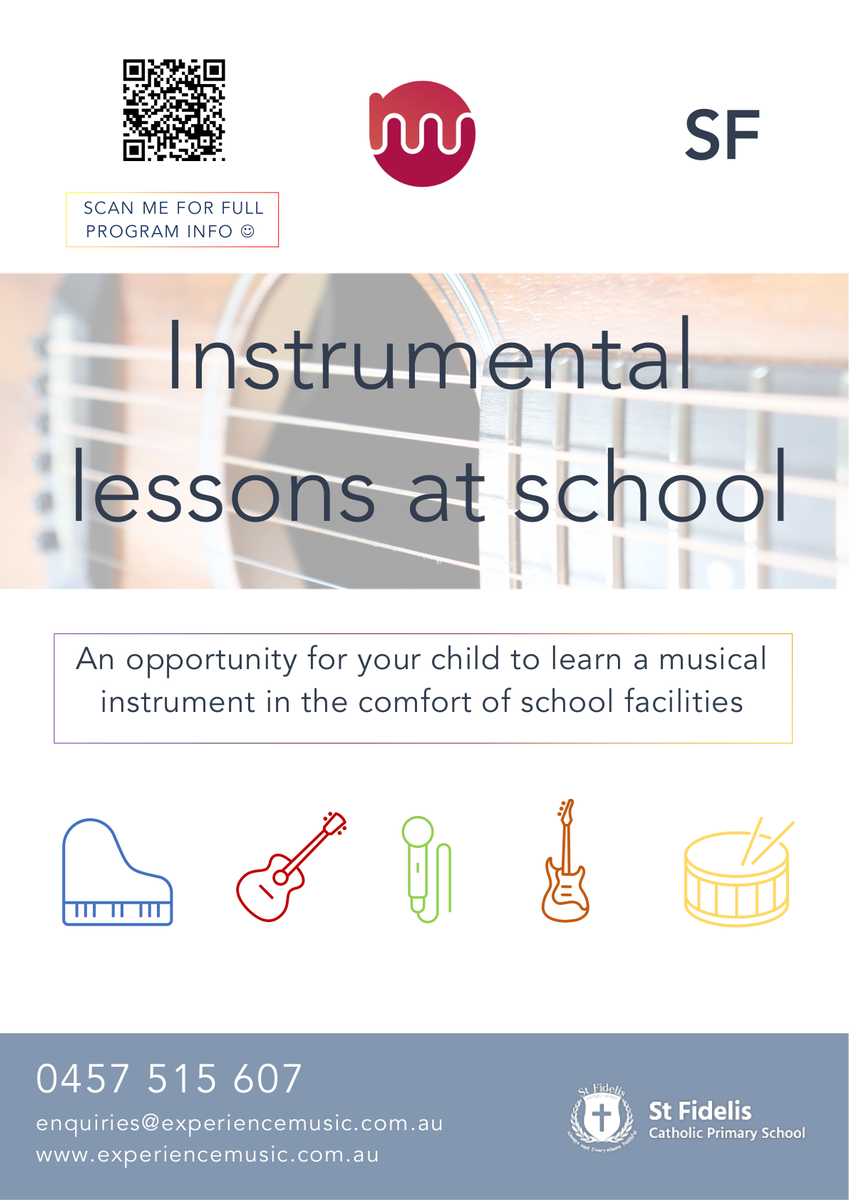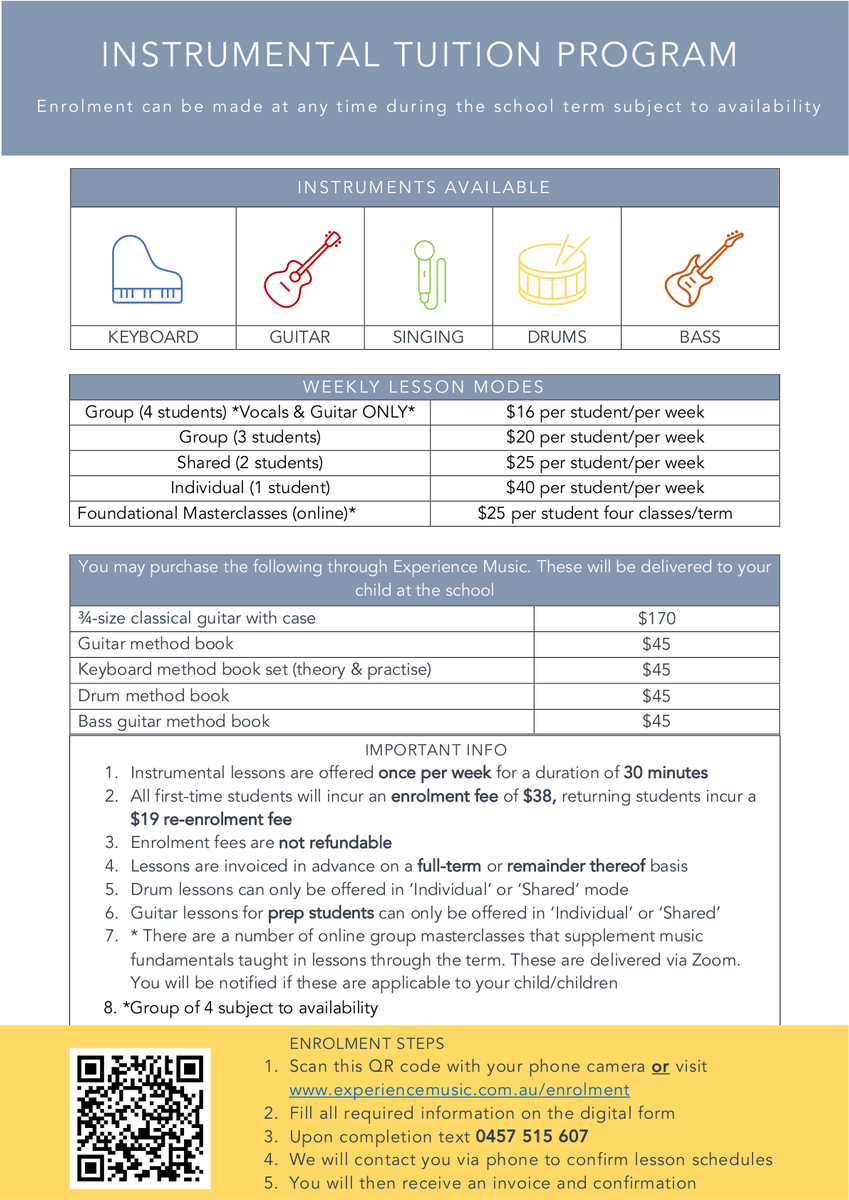Learning & Teaching
Learning and Teaching encompasses the following areas: Student Outcomes, Curriculum, Assessment, Reporting, Principles and Pedagogy.
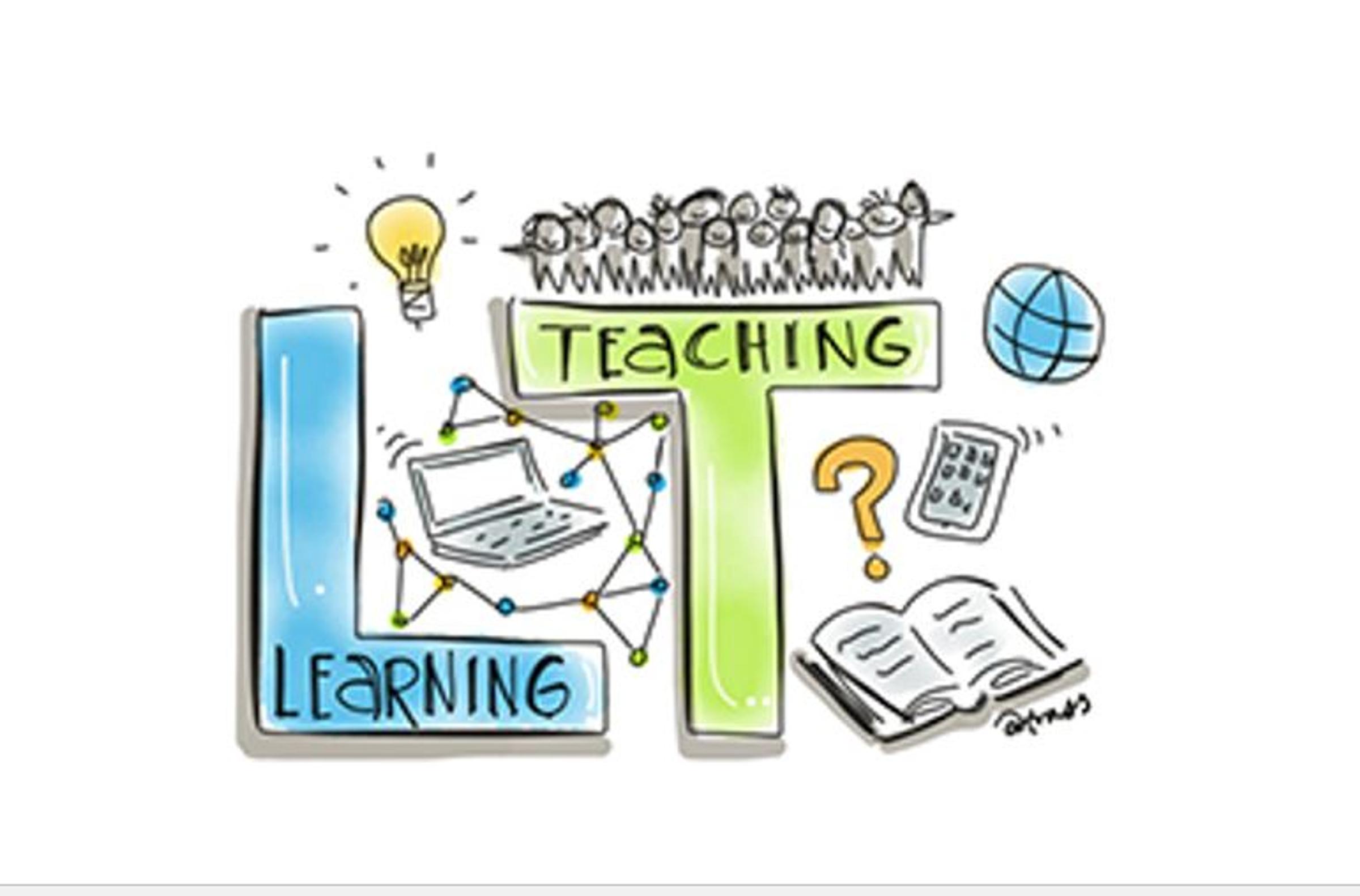
Learning & Teaching
Learning and Teaching encompasses the following areas: Student Outcomes, Curriculum, Assessment, Reporting, Principles and Pedagogy.
INQUIRY
Our aim at St Fidelis is to create learning environments that cultivate curiosity and create confident, capable and creative learners. To do this, the teachers have spent the last two weeks building relationships with their students, setting up their learning space and inquiring about how we learn best.
The teachers have created learning opportunities for students to investigate their interests, and strengths and have spent time exploring, investigating and reflecting on the learning assets and dispositions that help us learn. Students and teachers have inquired into the Agreed Ways and school values and began to set up the learning space routines for learning.
These first few weeks are important in building and cultivating a learning environment where students feel accepted, connected and engaged. Please feel free to come in and see all the learning spaces. Below are just some photos of the many learning opportunities teachers and students have been involved in.
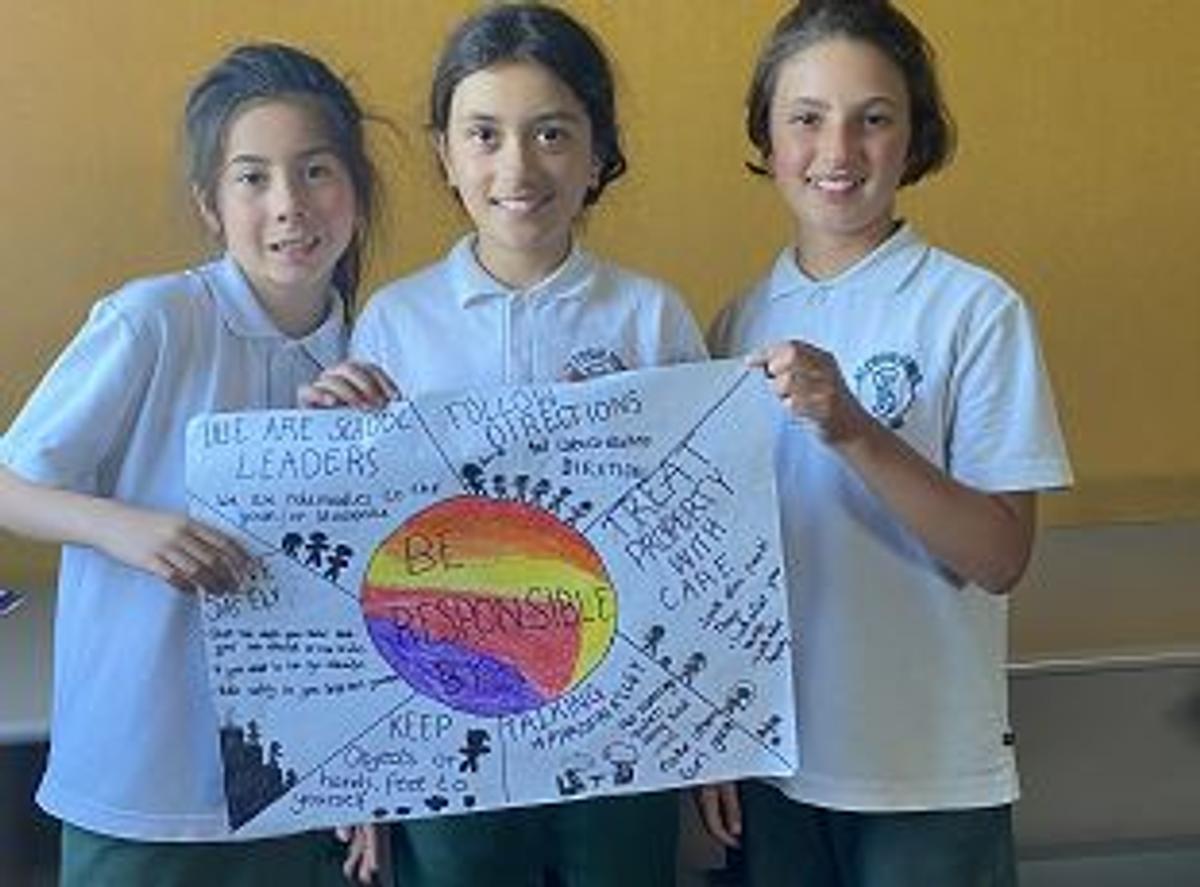
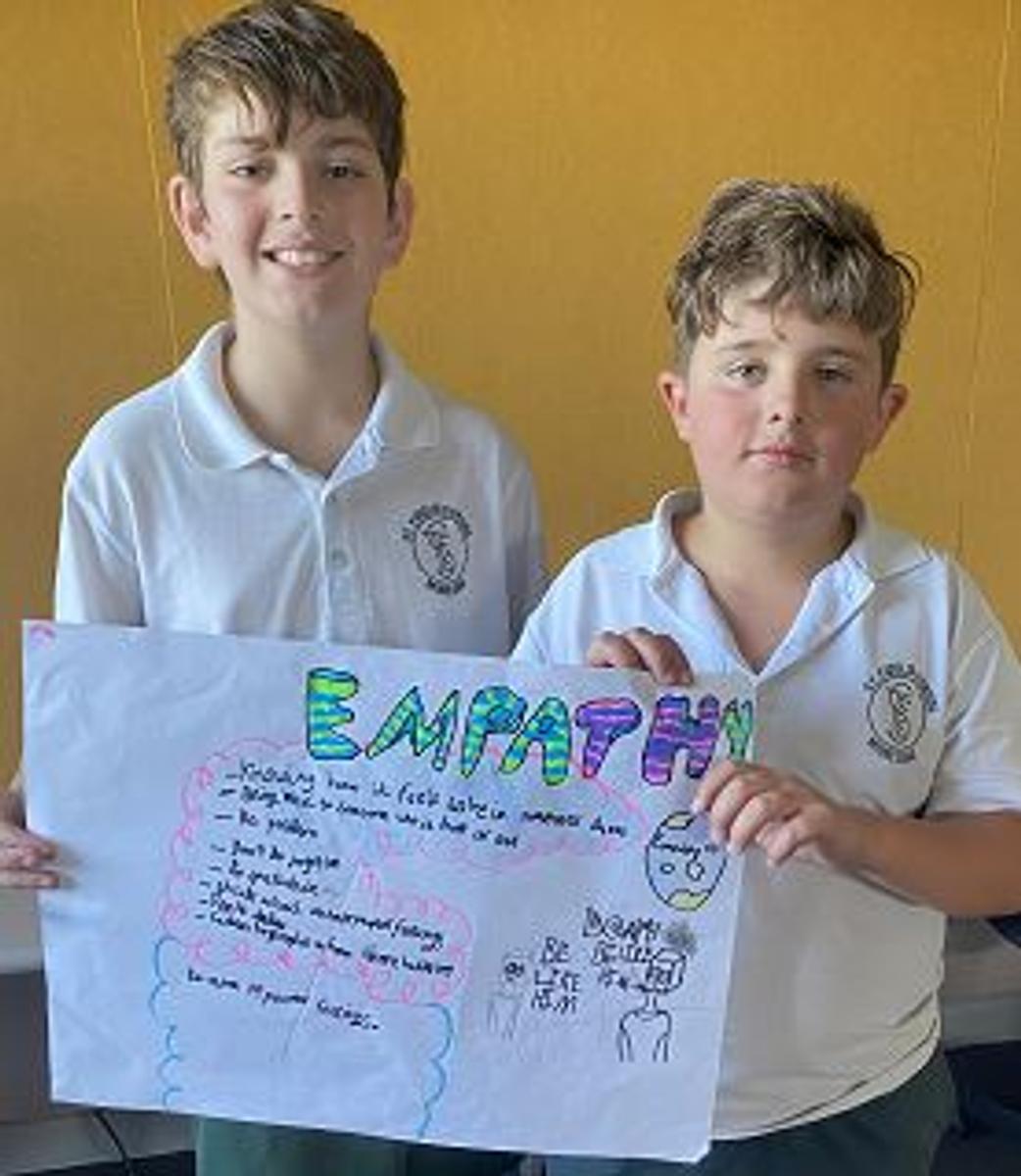

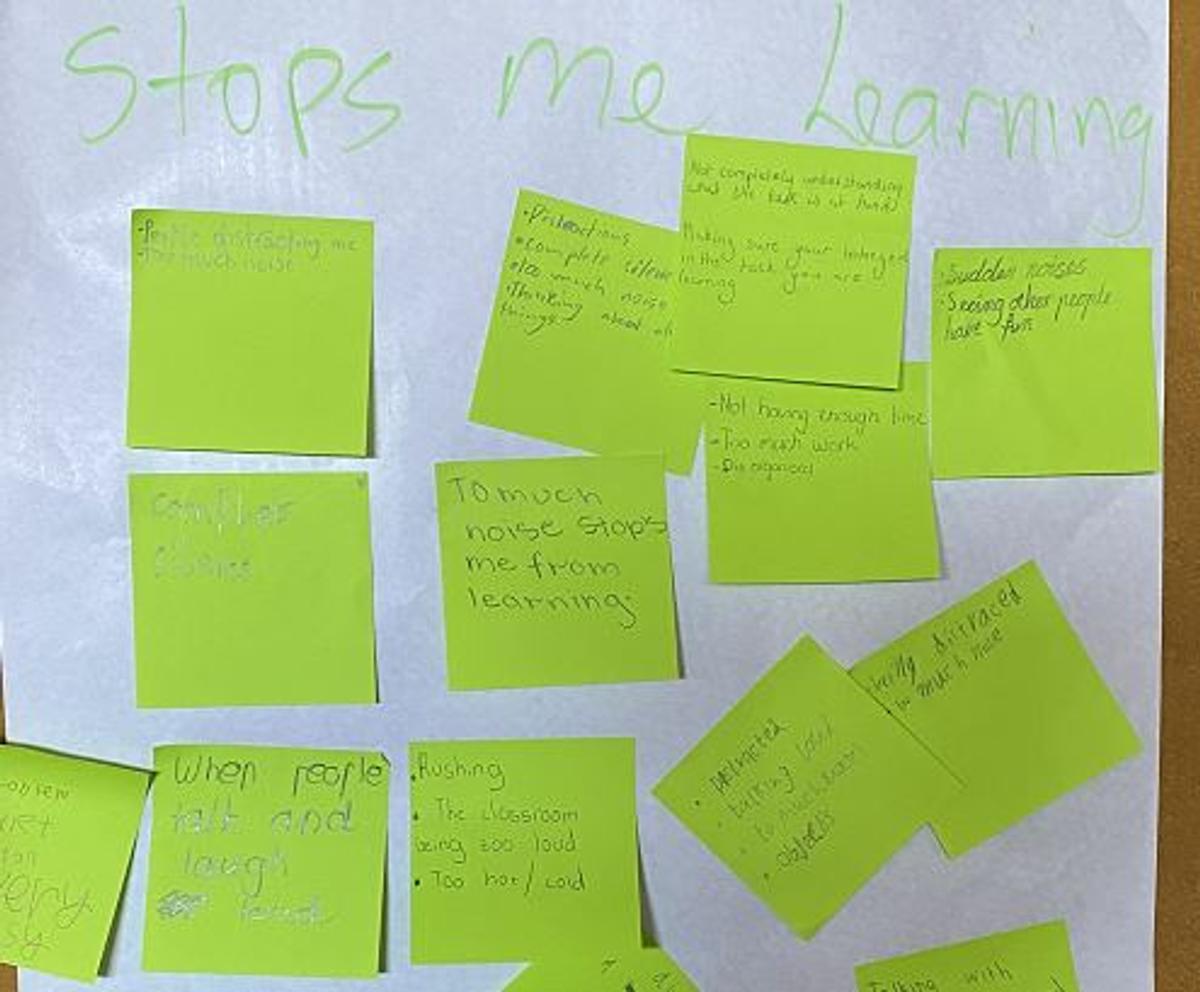



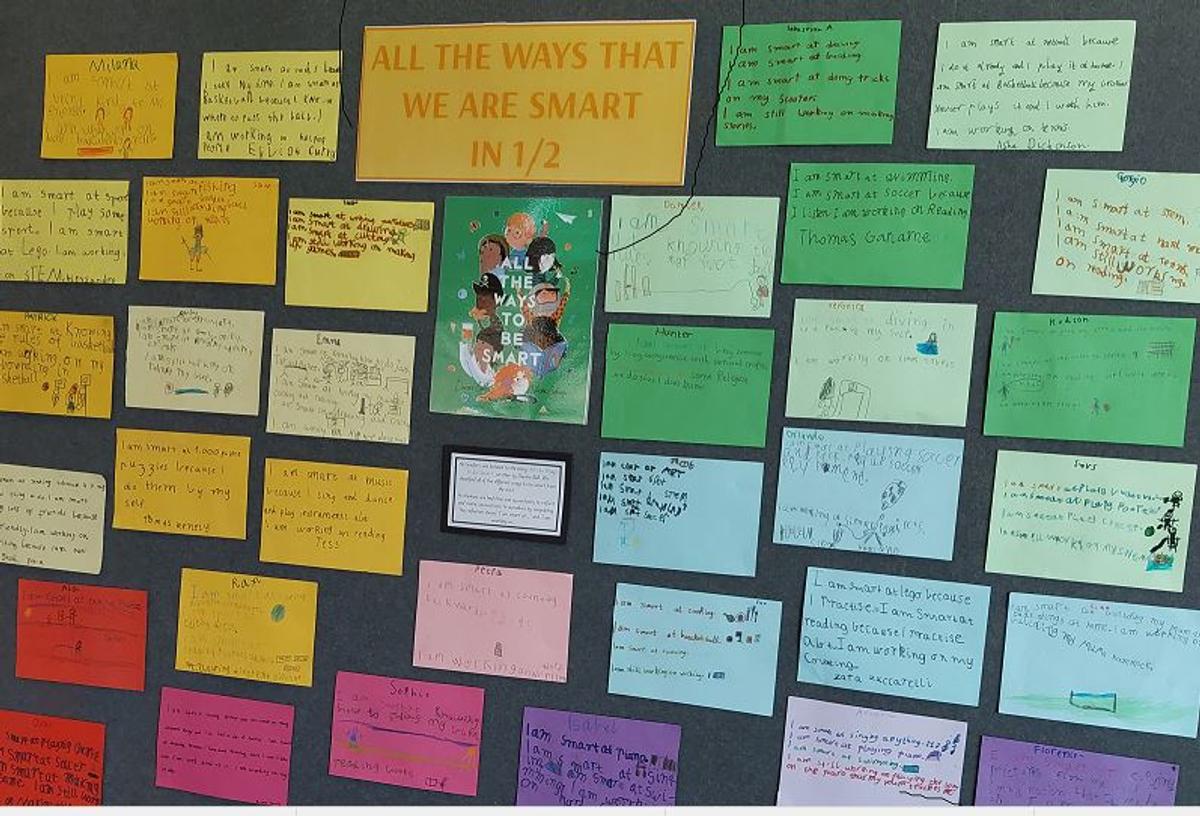
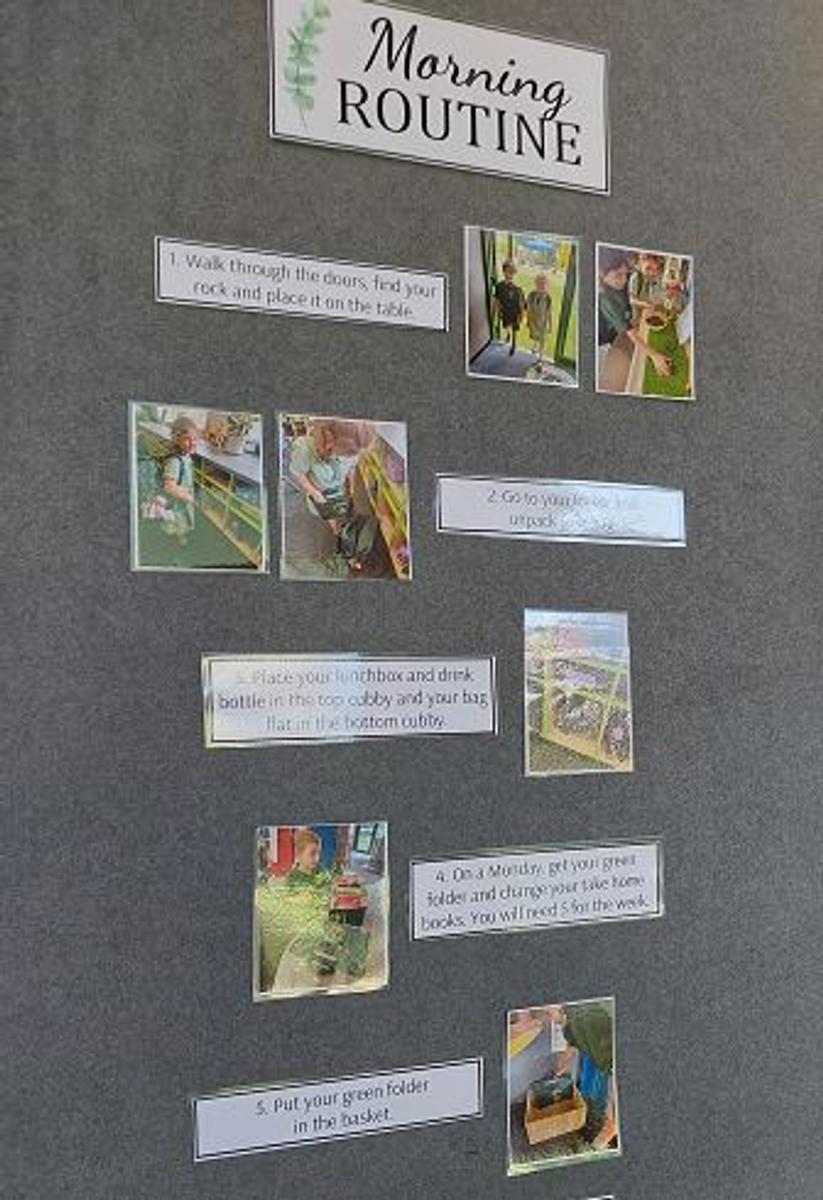
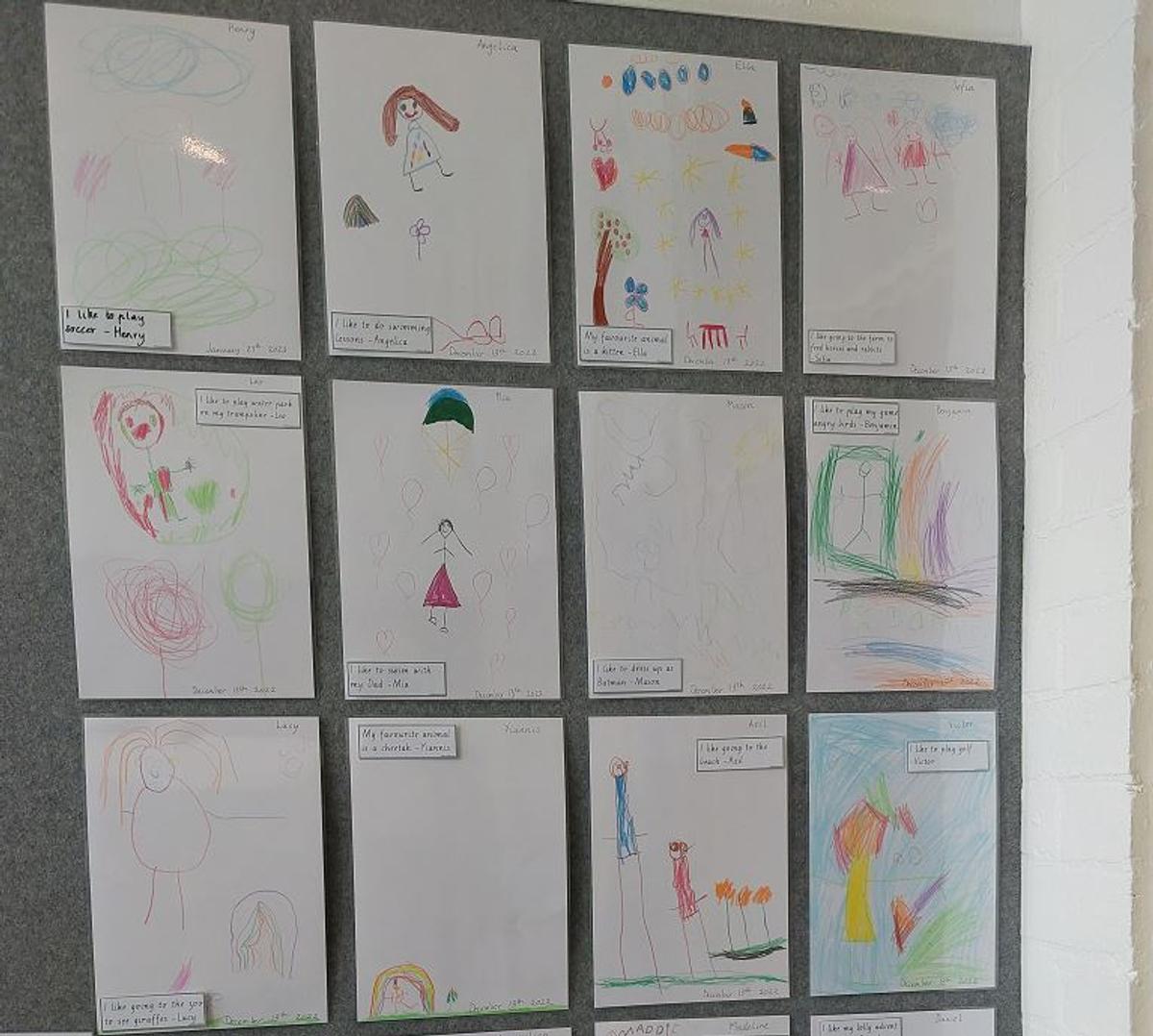
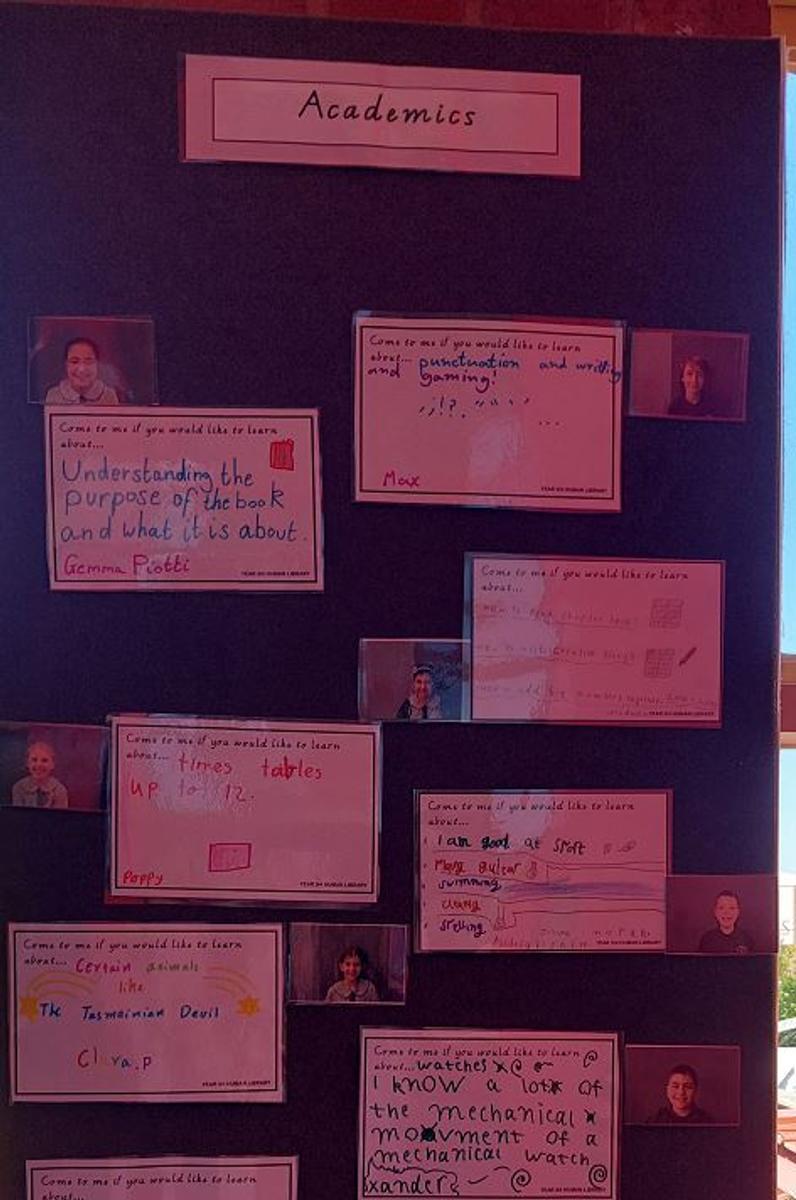

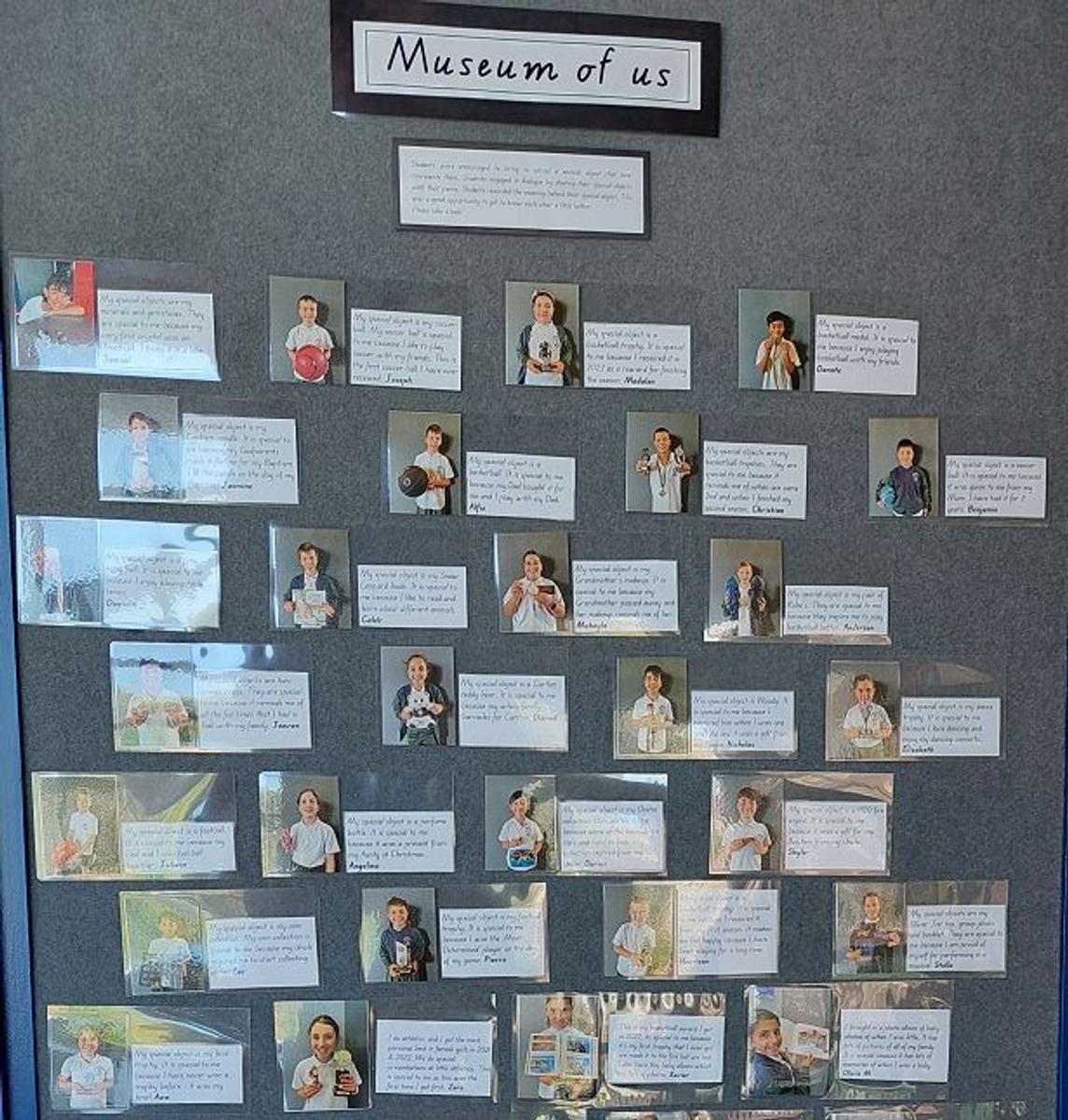
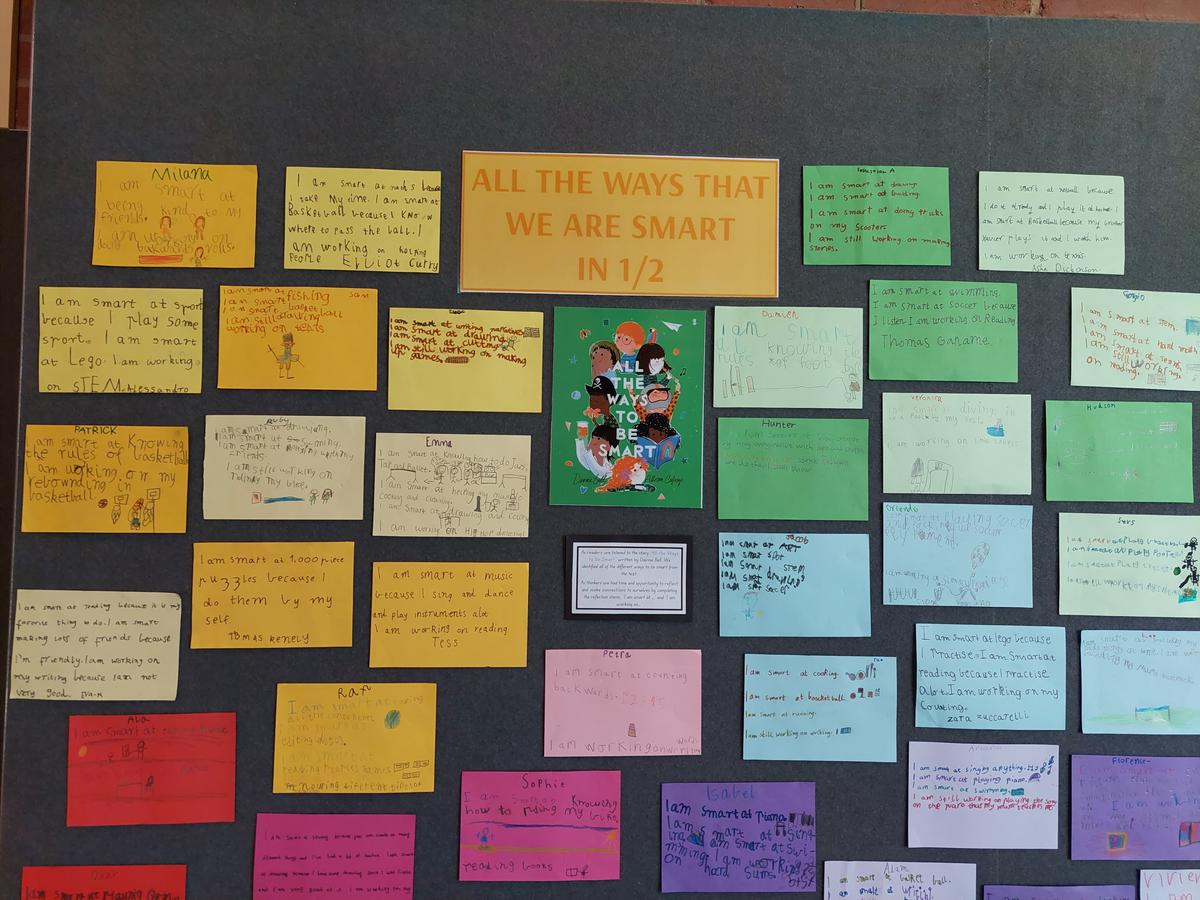
















LITERACY
In last week's newsletter, I mentioned the importance of reading at home with your child. There is no magical formula for learning to read. Children learn in their own time according to their own pace. There is no critical age when all children should have mastered reading. Children need ongoing quality experiences with books. Providing a regular, reading routine at home assists children in their quest for reading success.
Below are some of the ways you can create and cultivate the love of reading with your child. To establish good reading habits and routines, parents/guardians are encouraged to
READING @ HOME TIPS


Before reading, set your child up for success:
After reading, ask questions that encourage discussion. Make it a conversation:


Reading to your child is always encouraged.
It is an opportunity for you to model good reading behaviours that your child can learn by hearing others read. Reading to your child allows you to demonstrate what a fluent reader sounds like. Children hear how readers pause and use punctuation when reading aloud. Children have the opportunity to hear expressive readers who change their voices for different parts of the story or when characters are talking.
With shared reading, the parent reads, and the child reads. They take turns reading. The parent negotiates with the child to read a sentence, paragraph or page depending on the book. Shared reading ensures that comprehension is maintained. Shared reading eliminates the frustration of reading because the parent is a partner in the reading of the selected text.
Echo reading is where the parent reads a sentence, paragraph or page (depending on the text) and then the child repeats it back. The parent reads first. The child re-reads (echoes) the sentence, paragraph or page. Echo reading eliminates the frustration and anxiety that is too often associated with reading aloud. By ‘echoing’ your reading, the child has an opportunity to sound like a fluent reader. This is important in building a child’s sense of what it feels like and sounds like to be a good reader. The child feels confident, and relaxed and enjoys the experience. It is about comprehension and having fun with a good book. During echo reading, parents model good reading. When parents miscue, they share the experience. This allows the child to see that all readers make miscues and self-correct.
Welcome to a new school year. It is so exciting seeing all the new members of our community. I am loving getting to know you all and finding out your strengths and interests. I look forward to working with all the students from Foundation to Year 6 in Numeracy.
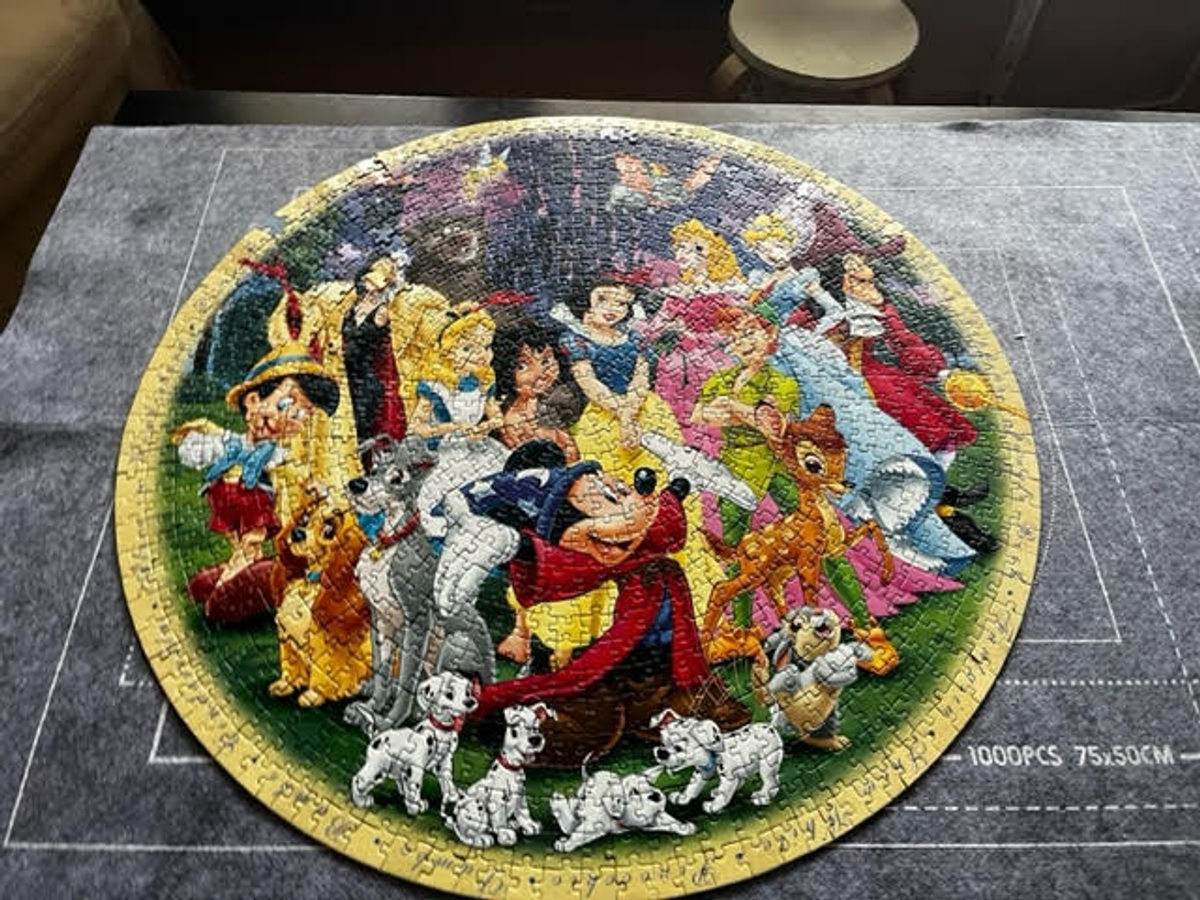

Thomas K (Year 1/2VK) completed this 1000-piece puzzle this week. Congratulations Thomas. Jigsaws are great for children to work on. They increase concentration, develop fine motor skills and work on visualising skills.
"How to help at home" in Numeracy workshops, are this week Wednesday 8:45 am and again Thursday at 2:30 pm. I hope to see you there.
We are testing students across the school in their counting and place value knowledge.
This will provide us with the information needed to plan for future learning.
Counting across the levels: By the end of each year students should be able to:
Counting can be done while in the car, walking, or sitting around the dinner table, short regular counting does make a difference. When children are able to count fluently, try breaking the count. Stop at various numbers and ask, “What comes next? What comes before?” Can they start at various numbers, not just zero? Can they match the count to counting items? Don't forget to count backwards as well as forwards.
We are also focusing on Place Value this term. Place value refers to the conventions we use to say and record numbers.
Base 10
Symbols 1,2,3,4,5,6,7,8,9
Zero (0)
Each symbol can represent different quantities.
The current system is derived from the Hindu system it is known as the Hindu-Arabic system.
Place Value: across the levels. By the end of the year, children should be able to read, write, order and interpret numbers in the range.
In the Grade 3/4 level, we played the game Wishball to practise using our place value knowledge. The students had fun trying to get the fewest spins to make the target number. Here are photos of the students working on it. Wishball is a free website that students can access at home and play.
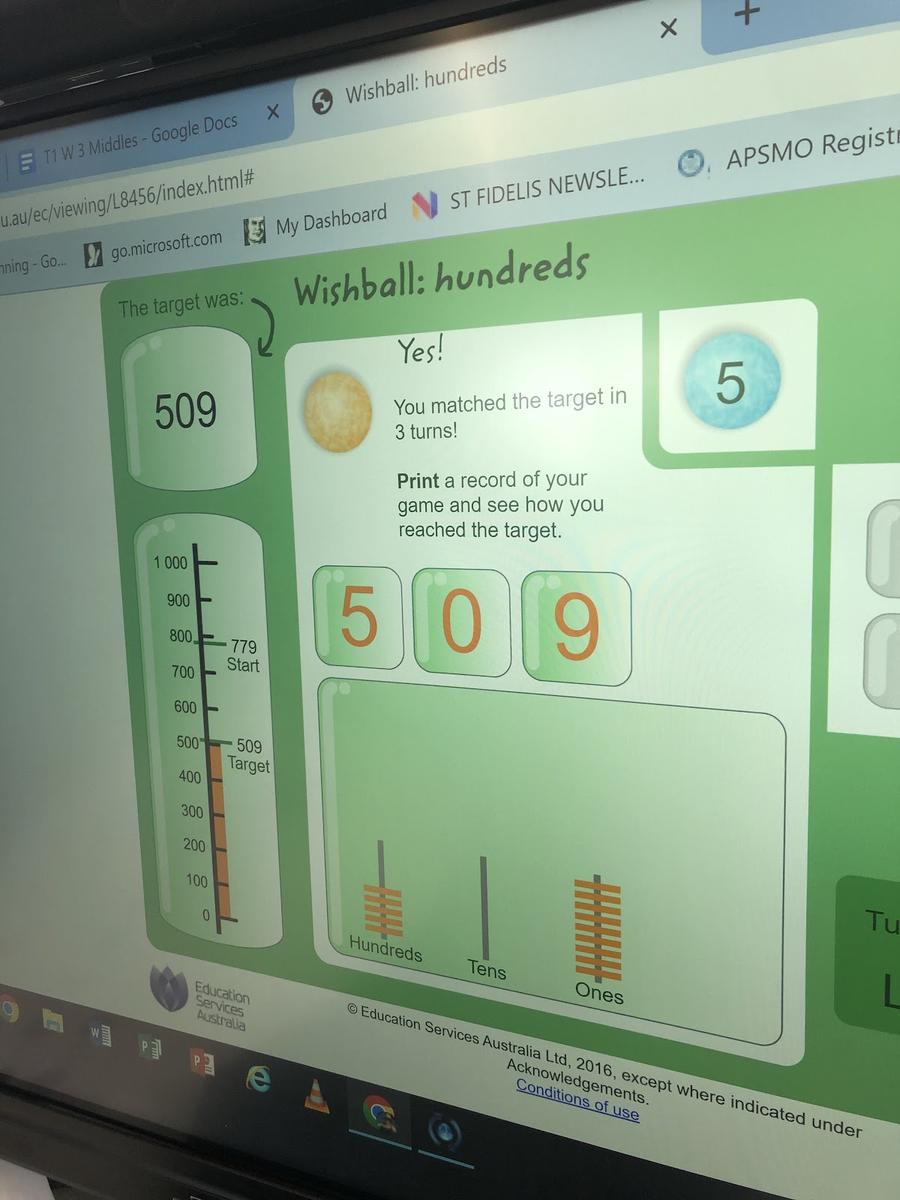
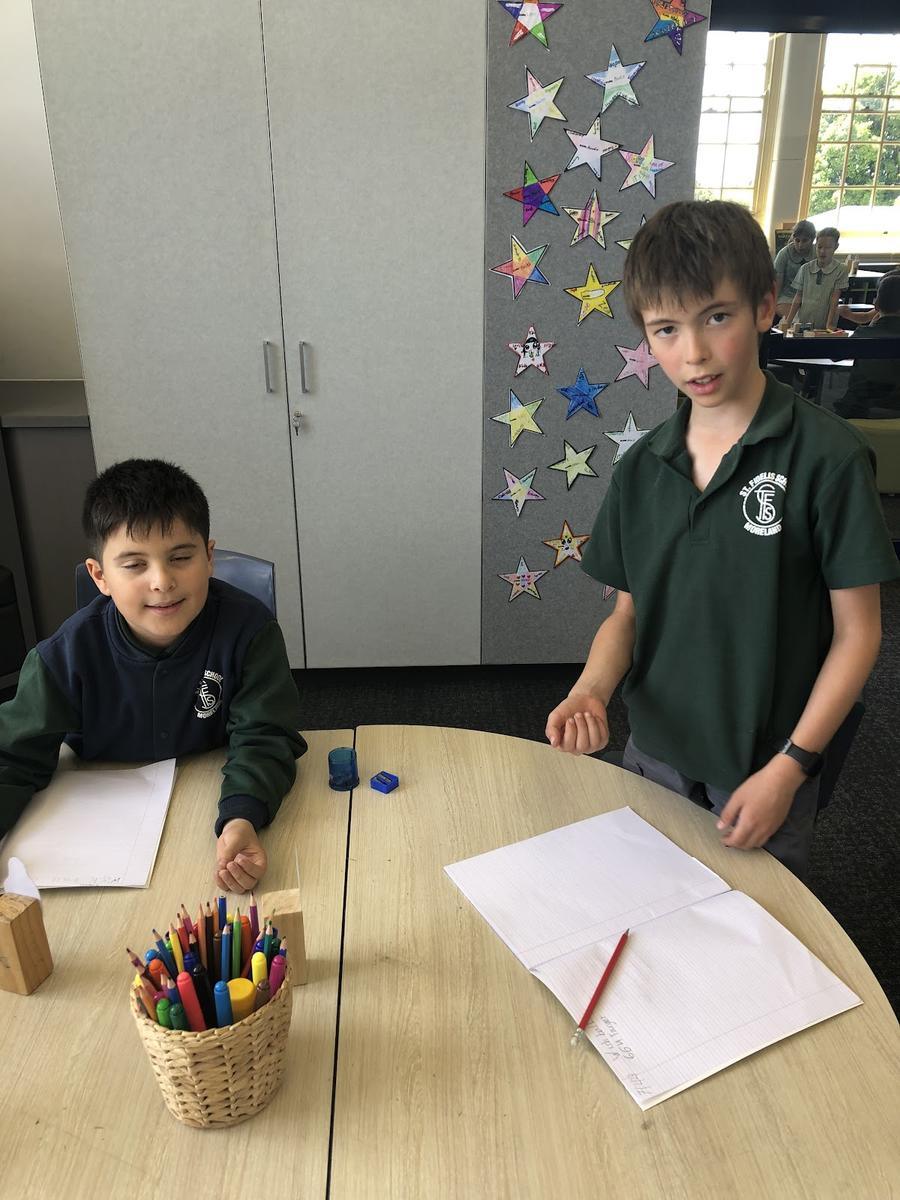
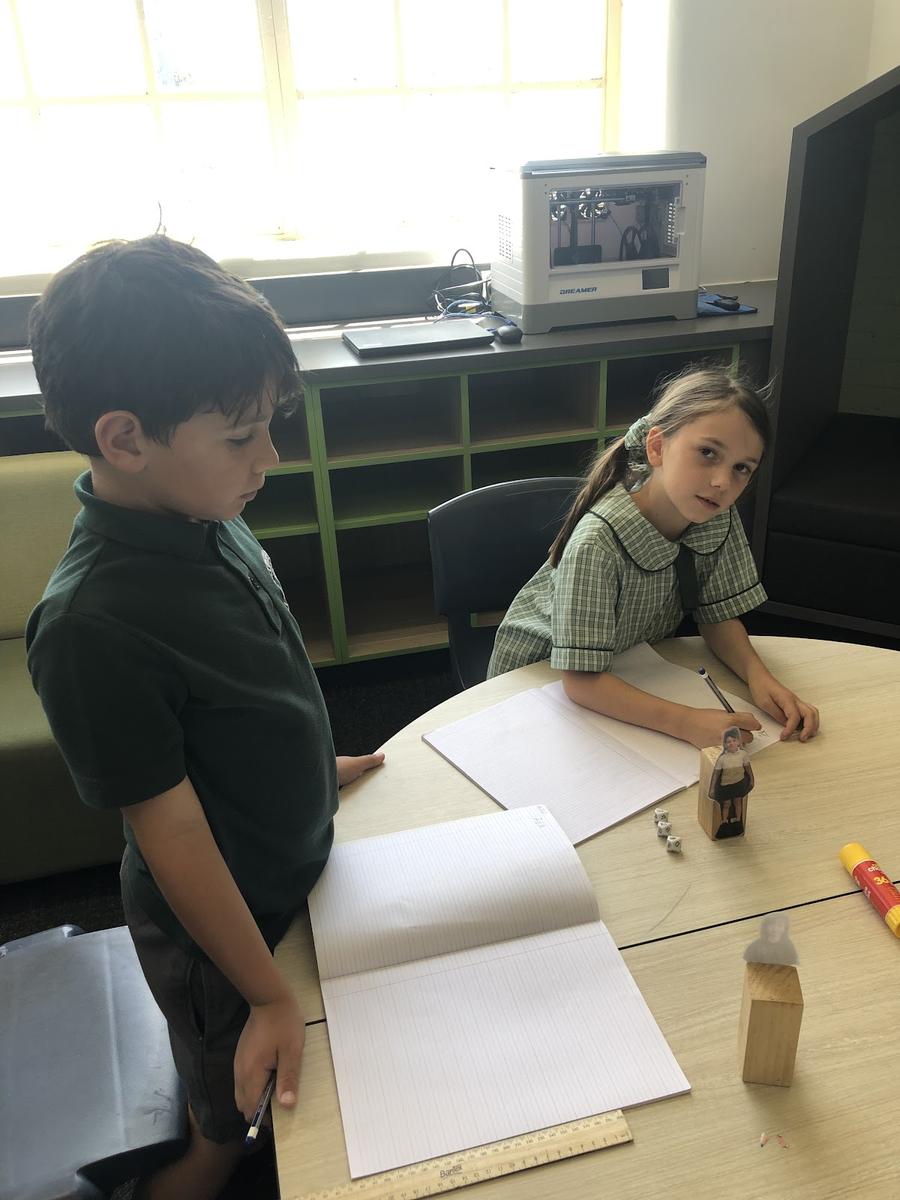

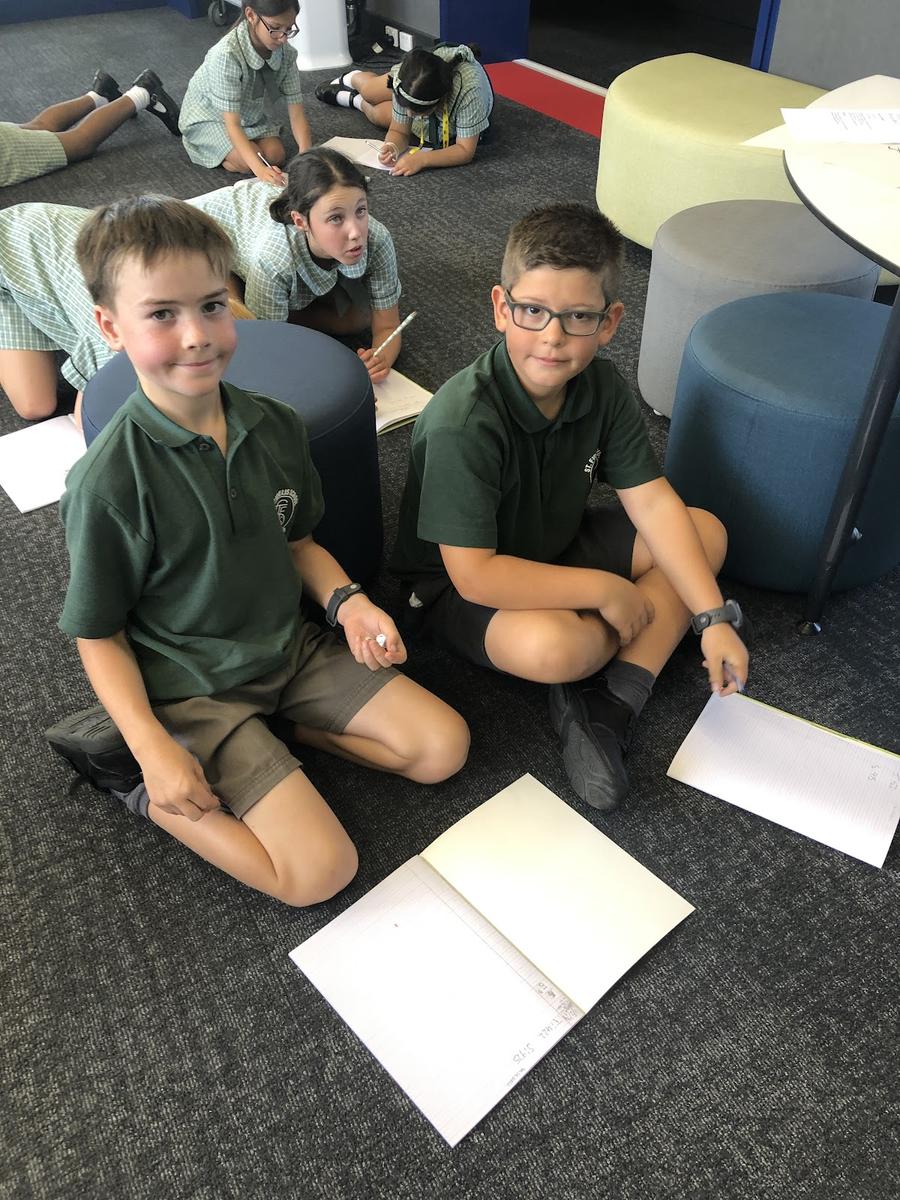
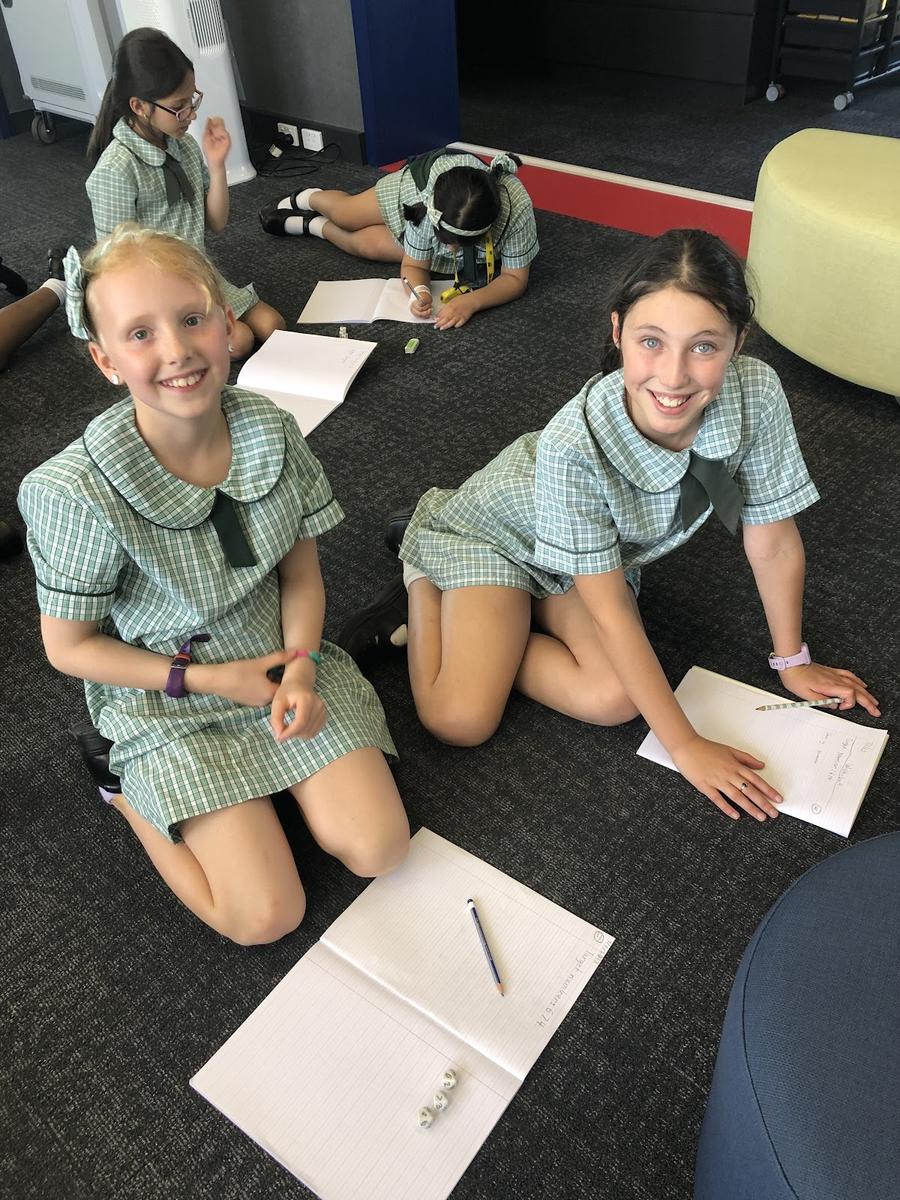

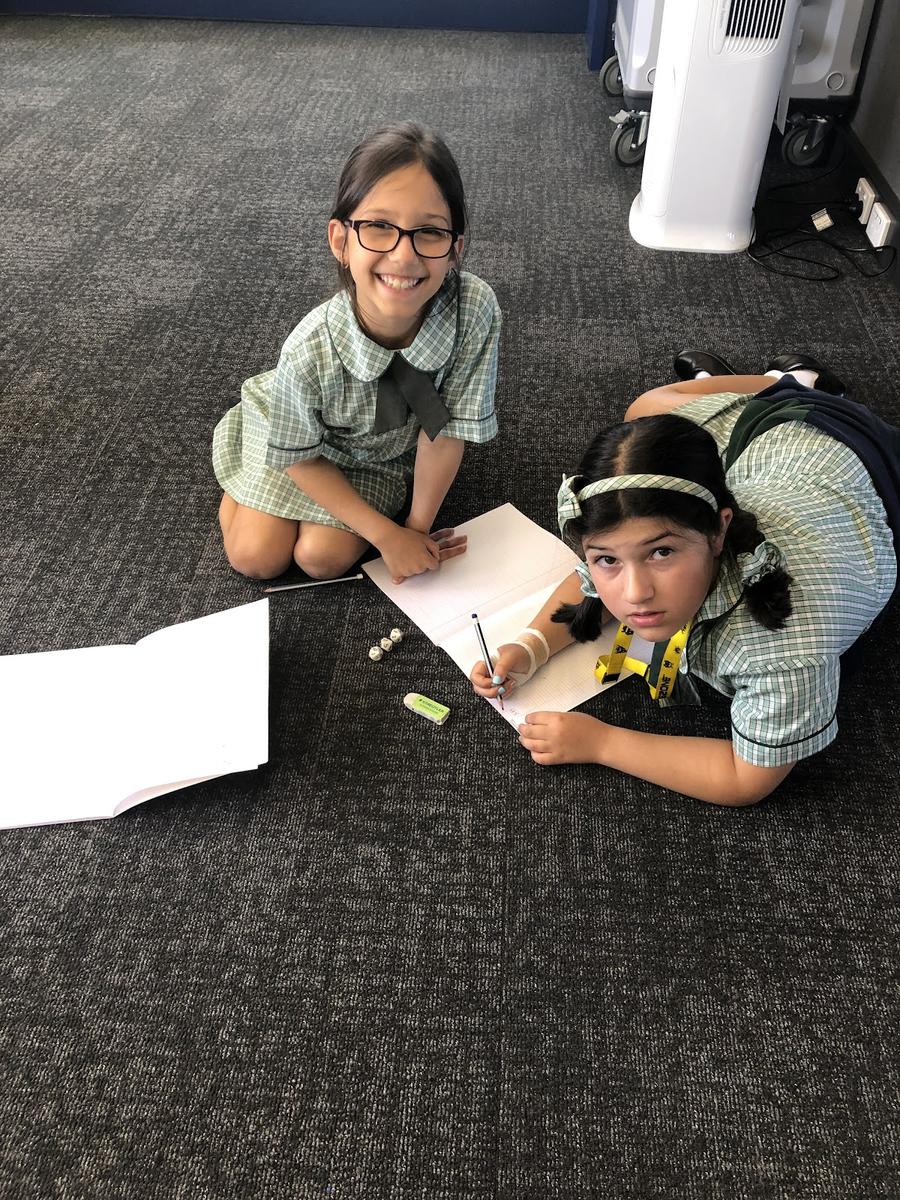
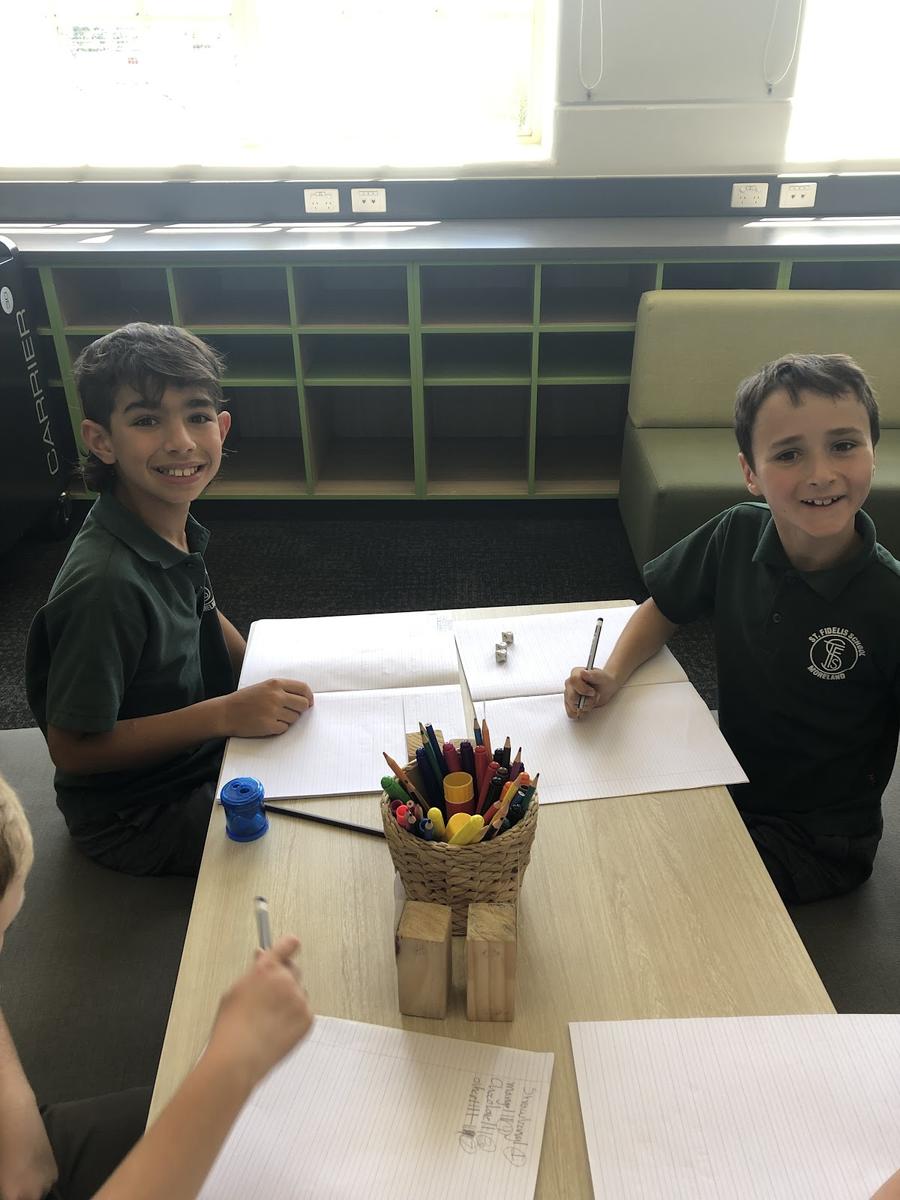









INTERSCHOOL SPORT
At the commencement of Term 1, St Fidelis Primary School’s Grades 5/6 students have been participating in practice sessions for the St Fidelis basketball, softball and bat tennis teams to compete in the School Sport Victoria (SSV) Coburg.
District Summer Sports Competition.
Primarily this is a Year 6 competition and Year 5 students are included if required. If not participating in a particular sport, your child may be invited to play one of the other sports on offer.
SSV Coburg District Summer Sports games will be played on Fridays during Term 1, commencing on Friday 24 February. Games will be played from 11.30 a.m. and conclude at 1.00 p.m. with the exception of the games against AIA which will be played from 9.30 am-11.00 am.
During the season, ‘home’ games of basketball and bat tennis will be played at St Fidelis' Primary School and softball at Shore Reserve. When playing ‘away’ games, all interschool sports players will travel by chartered bus, departing from St Fidelis' Primary School to the respective venues, and returning to school accompanied by the teachers in charge. Please note that there will be a charge of $8.00 per player for each away game to cover the cost of the bus hire.
The St Fidelis sports uniform is to be worn for all games. If required, uniforms will be provided. Players need to bring drink bottles filled with water and sunscreen along to all games.
The Interschool Sport Fixture and Players and Spectators Codes of Conduct are attached for your reference.
Michael Jennings
Sports Coordinator
